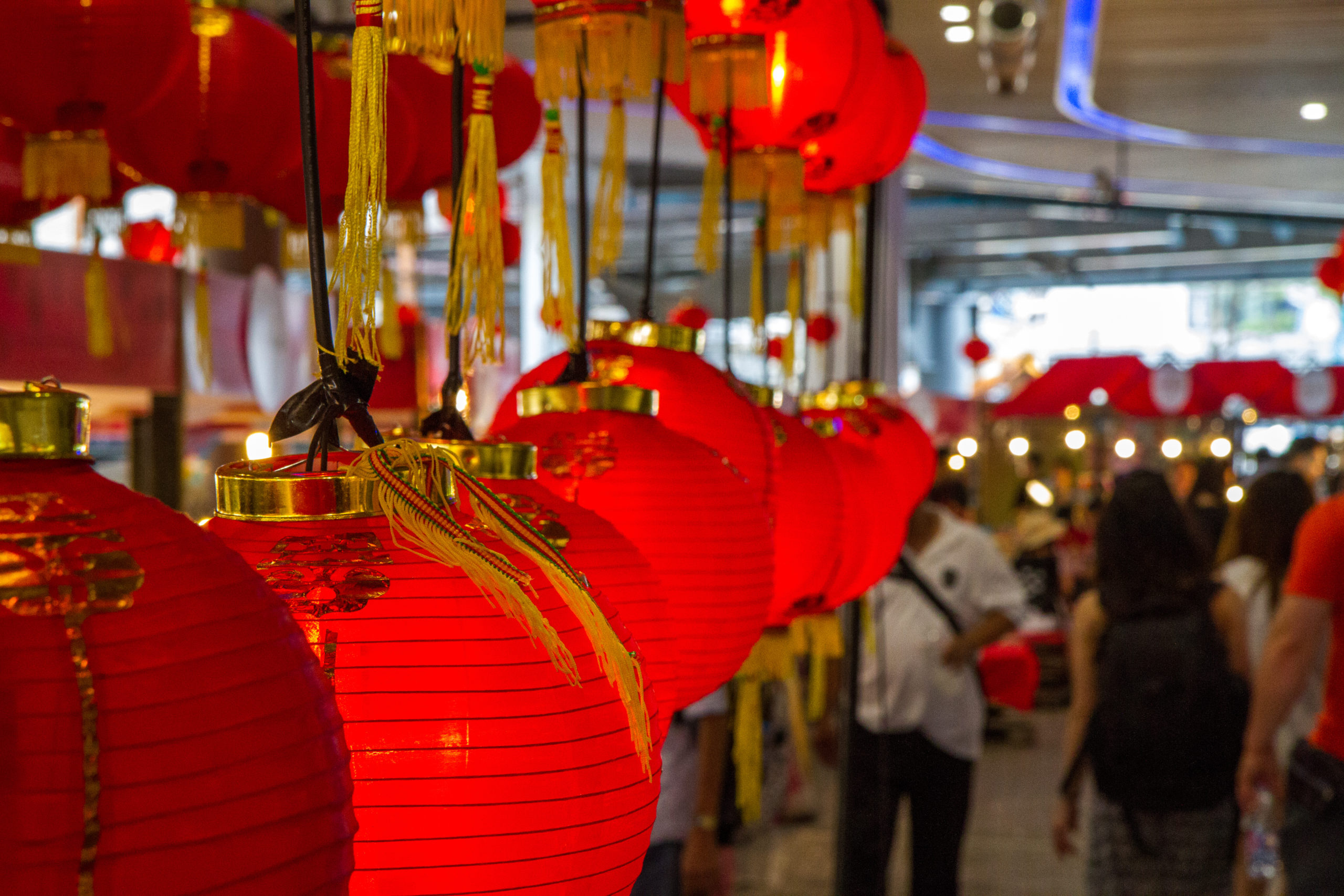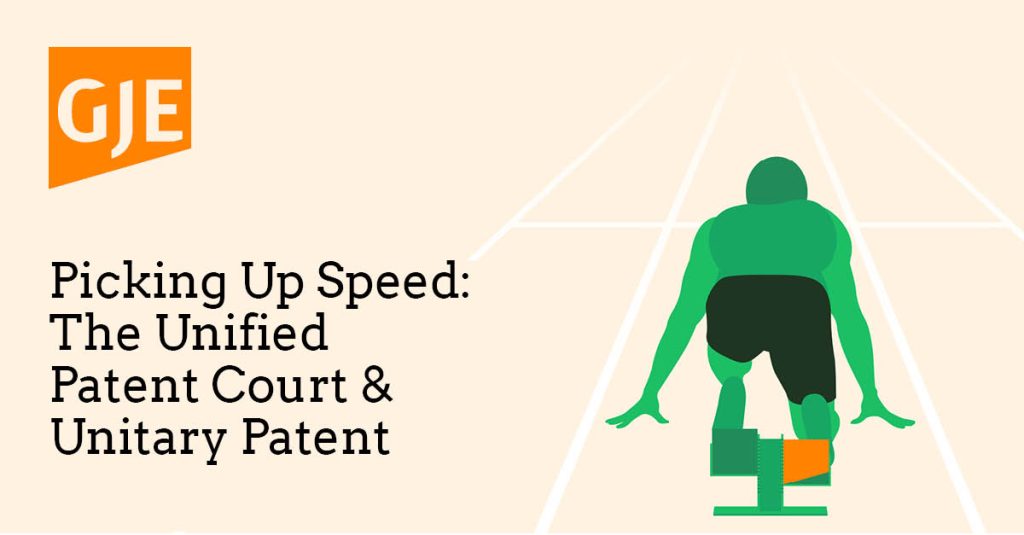
Registered designs provide an invaluable mechanism for companies to protect the appearance of their products in countries around the world. A few notable incoming changes to design law in China, Japan and Australia are set to make it easier for companies to obtain and sustain this type of intellectual property in some of the world’s most important markets.
China
The Hague agreement currently provides a system allowing applicants to simultaneously register one or more industrial designs in any of 74 contracting parties covering 91 countries. Many big markets are party to the Hague agreement, including the UK, EU, Japan and the US. As the world’s second-largest economy, and with many consumer products being manufactured there, one notable long-time absentee from the Hague agreement is China. However, in June this year, China is due to implement some major changes to design law that will move it one step closer to joining the Hague system, and these changes are good news for designers.
Firstly, China is set to introduce partial design protection. Currently, design applicants in China are restricted to protecting the appearance of an entire product. This is a significant difference from territories such as the US, UK and EU, which all allow applicants to protect only part of a product by including a visual disclaimer of unimportant regions of the product in the drawings. With the introduction of partial design protection, China will remove a potential incompatibility with these other territories and so facilitate its future integration into the Hague system.
Secondly, the maximum term of design protection will be extended from the current 10 years to 15 years, which is the minimum term of protection allowed under the Hague agreement. The benefit of this change speaks for itself, and will prevent the world’s largest manufacturing territory from being one of the first in which a designer’s rights expire.
These two changes in combination represent a big step forward for design rights in China, regardless of whether China ultimately joins the Hague system, and will mean that designers are able to obtain broader protection for a longer period of time.
Japan
Japan is also in the process of phasing in a few designer-friendly changes to its law, the first of which is an increase in the maximum term of design protection from its current 20 years to 25 years, bringing it in line with the generous terms already offered by the UK and EU.
The second change is to allow more types of product to be protected by registered designs. The headline addition is graphic user interfaces (GUIs), which will allow designers to protect elements of a display relating to the function of a device, although purely decorative images, such as wallpapers, will still be excluded. The more niche additions are the extension of protection to the shape of buildings and the design of building interiors.
The third change coming to Japanese design law relates to their existing system for the protection of related designs. Japan provides a mechanism for designers to protect updated versions of a design that prevents them from being anticipated by the original. That is, where a design is already the subject of a registration, and the designer develops a new variation of that design, it is possible to file this as a related design so that the original is not considered prior art against the new design. Previously, these related designs needed to be filed before publication of the original (about 8 months after filing). Under the new law, Japan has extended the period within which these related designs can be filed to up to 10 years from the filing date of the original. The protection of related designs will still be limited, however, to 25 years from the filing date of the original design.
Finally, in April this year, Japan is due to introduce collective applications, which will allow a designer to protect multiple designs through a single application, which should help designers protect more designs at lower cost. This change will be familiar to those used to the UK and EU design systems, which already provide much-used multiple application systems.
Australia
In order for a design to be registerable, it is generally a requirement that the design is new when the design registration is filed. This means that if you have already disclosed your design to the public, you may be prevented from obtaining valid design protection. A number of territories, including the US, UK and EU, provide a grace period after a designer’s first disclosure of their design, within which that disclosure will not count against their design registration.
While a generous allowance in principle, the existence of a grace period in these territories can mean that designers familiar with these systems are caught unprepared when they attempt to protect their disclosed design in a country that does not have such a grace period. Australia is one such country that does not currently offer any grace period for a designer’s own disclosures; however, that seems set to change in the near future.
Earlier this year, an amendment was proposed to Australian design law that would introduce such a grace period, following the recommendation of the former Advisory Council on Intellectual Property. This proposal is currently before the Australian Senate for consideration and is widely expected to pass into law and so could pave the way for many more American and European businesses to protect their designs in Australia.
These upcoming changes are good news for companies that value the appearance of their products. If you have any questions about protecting the design of your company’s products in these or any other territories around the world, please find my contact details on my website profile here or contact us at gje@gje.com.
